It dealt with "Clinics and Practice Matches"
Back then, the internet was not as well established as it is now, transmission speeds were mush slower and electronic formats quite more difficult to "transport".
So, it took some effort on both sides of the border, but finally we got everything straight, with pictures and everything.
You can still read that article in the AAFTA's Archives, under the August 2003 issue
Reading back on it, I still think it is a valid article.
Back then, the Clinic and Practice Match was basically our weekend get together, and apart from a few weekends where Holidays took over, we met almost every weekend at different places around Mexico City, mostly up in the surrounding mountains. We had Matches every quarter or so, but mostly we shot together to train together.
When Paolo announced that he had been thinking about hosting a clinic at DIFTA (my new "Home Range"), I was thrilled. Alas, as usual, airguns are not the priority in many Clubs/Ranges and we had some misconnects that led to a somewhat improvised event.
The good thing is that there is plenty of room for improvement and next time we'll do a better job!
We started the day at 08:30 at the DIFTA outdoor airgun range.
We expected 3 to 4 persons, but two of them got tangled in other things and could not make it, so we were left with two.
Paolo had set up a whiteboard at the range, and it was a good tool because some things are better explained with a drawing
At noon, Paolo, and Chris had to leave and so, after some Sighting-in time (and trajectory calculation for me), a very short meeting to establish basic safety practices and etiquette expectations, we started the practical side of the event with a short course (6 lanes, 3 targets per lane for 18 "holes" to be shot like a "Golf" game, 5 shots in less than 3 minutes to get the target down, or your score would be "6".
Paolo had set an intermediate course, not too hard, and not too difficult, at least one 3/8" kill zone and a few other small ones, but it is all part of getting the "heebie-jibbies" out of novice shooters.
Vince and Lucca were sharing Vince's FX. Mark was shooting a Marauder and I was having fun with a DIANA 54 that I set up for AAFTA Hunter FT. It is short stroked but still yields a little above 14 ft-lbs, shooting the 8.44 JSB's at around 850-870, depending on the pelllet lot.
It is a really accurate and flat shooting D54. I was using the gun's scope, which is one of the not so old AEON's with the trajectory reticle, and I have to say that the difference in optics between the original batch of AEON's and this one is dramatic. I always felt that AEON's had dropped the ball in keeping the great scopes that they introduced themselves with, but with so many changes in the chain of distribution, it is hard to keep track of these things.
Perhaps it is time to revisit the AEON line and see if it has come back up in quality and performance now that major wholesalers are carrying their products. We'll see if I have the opportunity to test one of the more recent versions.
The lesson here is that unless you are looking to buy one of the used scopes in the first batches, don't. And the key is the amount of spherical aberration present when you move the scope across trees, fences, or other objects that are repeatedly vertical in their pattern. Simple test that you can do anywhere. See through the scope and then move it slowly side to side. If you see the vertical things get distorted, then skip on that purchase.
I had taken to the Clinic two rifles: a DIANA Mauser AM-03 that is currently being prepped for Pyramyd Air Cup, the Gunslynger, and then some Winter testing in the frigid temps of the "far north"; and also this D54, if I had been squadded with someone that was shooting "Open" I would have shot with the Mauser, but since I was squadded with Mark that shoots Hunter, I was also shooting Hunter.
We had a ton of fun! And I was doing reasonably well, even with the challenging scope situation until I hit the EASIEST target in the course. A small, blue, bird that has a HUGE kill zone was the far target on lane 5. It is actually easier to miss the whole target than to hit the faceplate! And yet, I took all my 5 shots at that target and could not get it down!, ROFL! After we picked up the targets, I realized that I had been hitting high, but still on the ¼" of rim that the target has before putting a fly-ball out. And because of the dark blue of the bird, the hits were not visible through the so-so scope.
Still it was a lot of fun to go through the experience of being skunked by a VERY LARGE kill zone, ;-)
This shows that there is NO EASY shot. Each shot has to be taken in stride and judged on its own merits and challenges. Letting down your guard is a sure recipe for a big, fat, miss. We have all been there and done that, so it is good to have "re-learned" something I should have known all along.
Mark and I were shooting our last lane, when Vince showed up, made the arithmetic and said:
"You need to shoot 5 or better to not loose"
To be honest, I was not paying much attention, as it would be uncommon, under any circumstance, for a piston gun to be Match Best (Low in this case), specially against a seasoned shooter like Vince that is deadly with his FX, and even more so after having missed the big, fat, kz in the blue bird, but I concentrated and took my best shots. Missed only one first shot at the far target on lane 6 and ended the lane with a 4 for a total of 33:
YES!
And that IS the point, we can ALL do BETTER if we try. If we take the time to analyze and learn, and correct those things that are wrong either with ourselves or with our rig, and I have to say that shooting Hunter style has been a learning experience these last months. I will have to get some work done transferring back to WFTF, but it will be a worthwhile learning experience.
I hope Chris, Mark, and Lucca had a good time and learned a little about how the sport is practiced, what they need to do to improve their scores, and what style of FT better suits them.
We'll organize another Clinic, hopefully with better and more enticing wording on the invitation that will get more of the firearms shooters interested. And hopefully, we can get, with more attendance, a little more interest from the Club.
Thanks to Paolo for setting the simple looking but challenging "Golf" course, to Vince for coming over to help and to Chris, Mark and Lucca for attending and helping take down the course.
Hope to see some of you at Crosman's All American Field Target Championship next July.
Keep well and shoot straight!
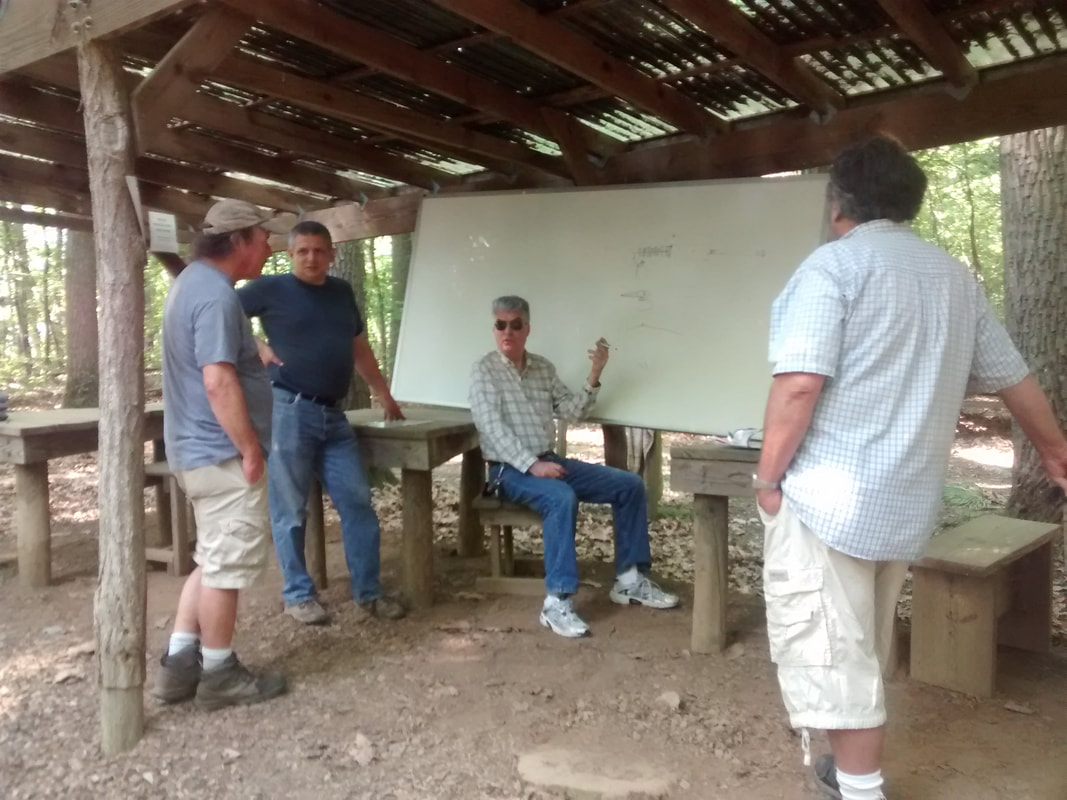
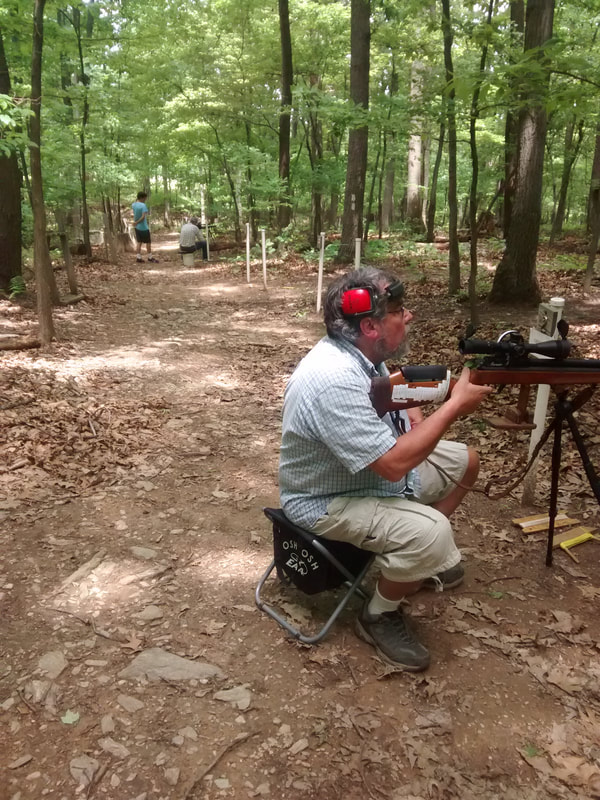
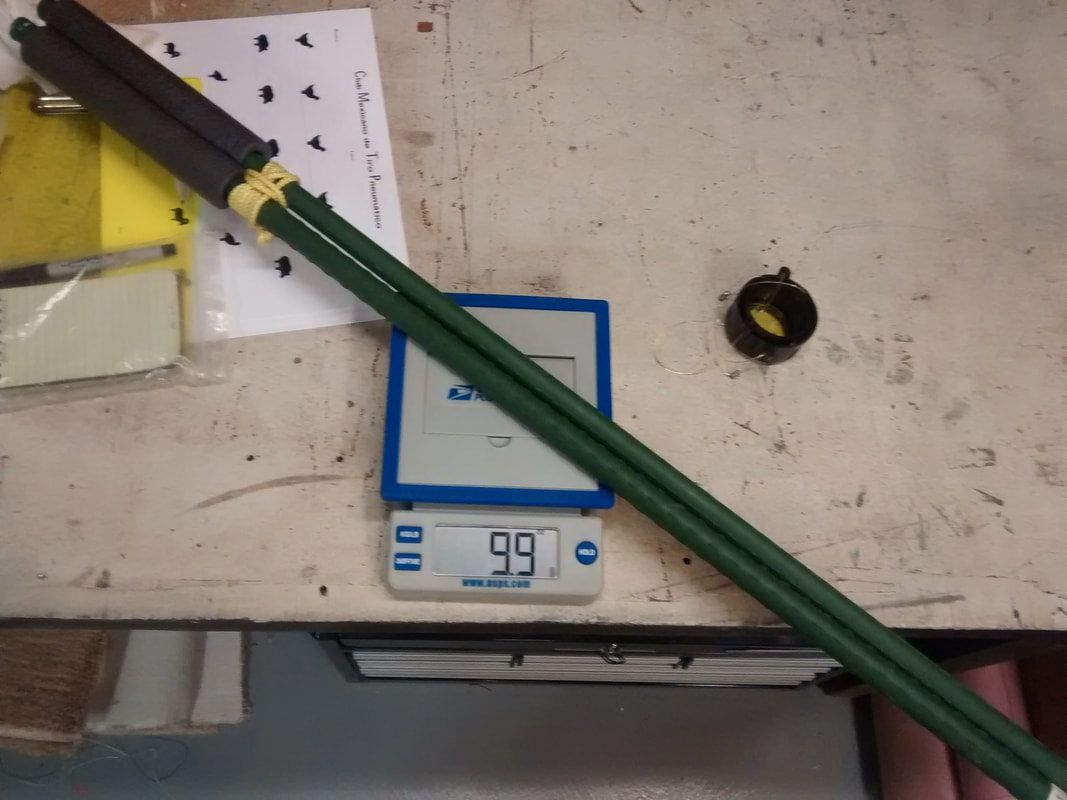
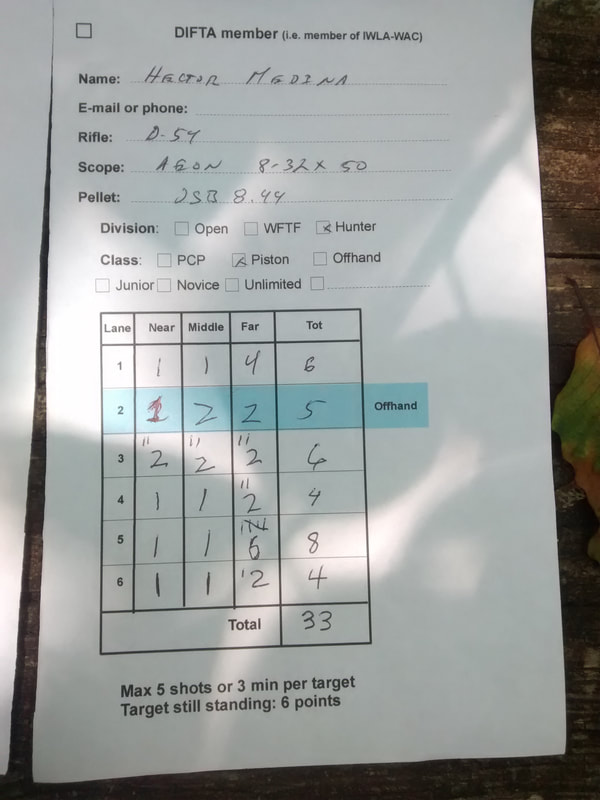
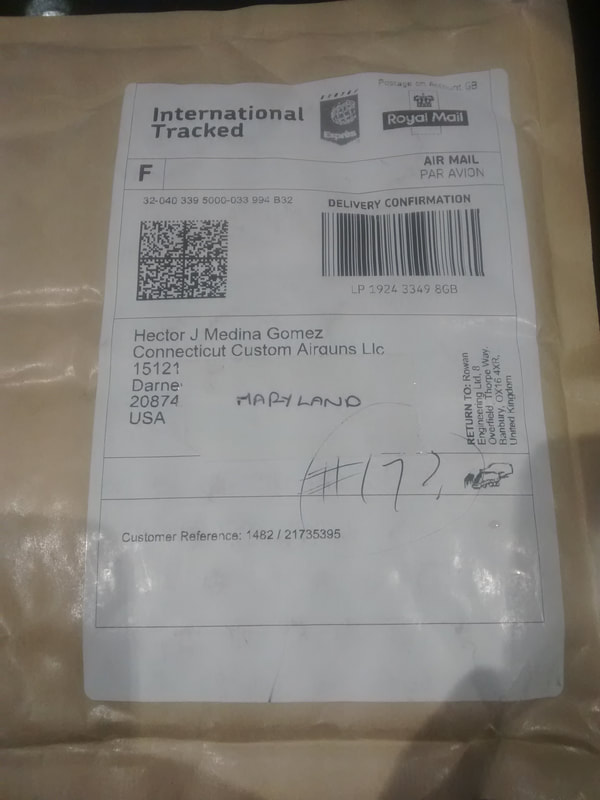
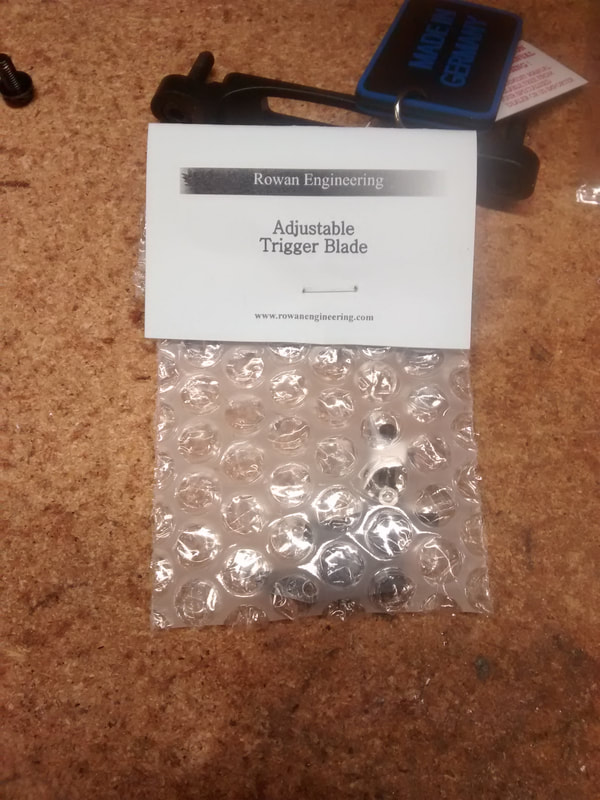
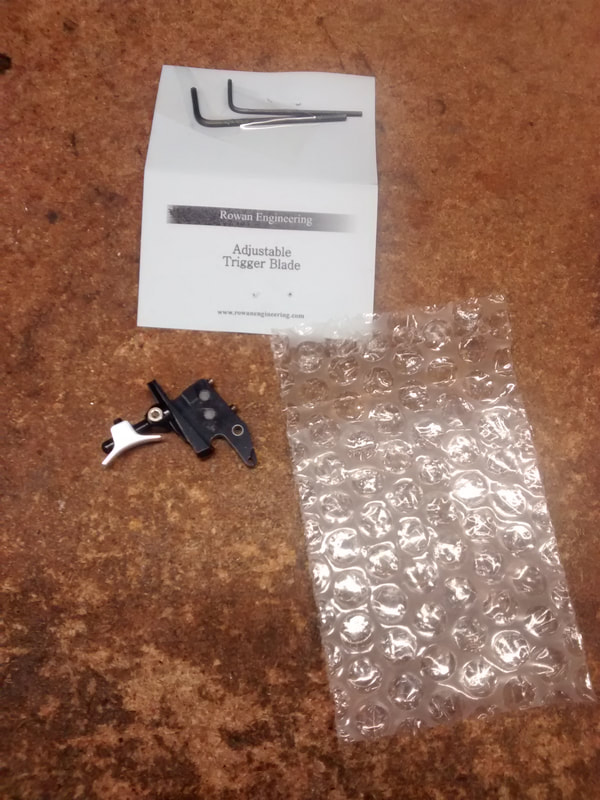
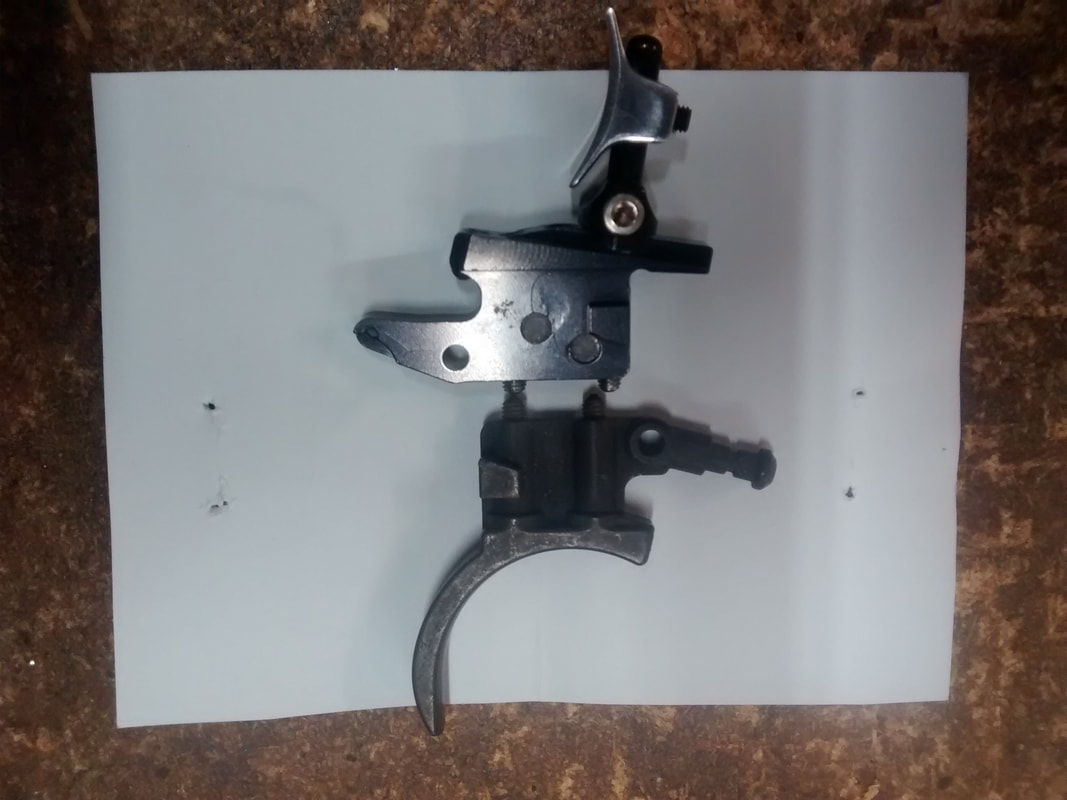
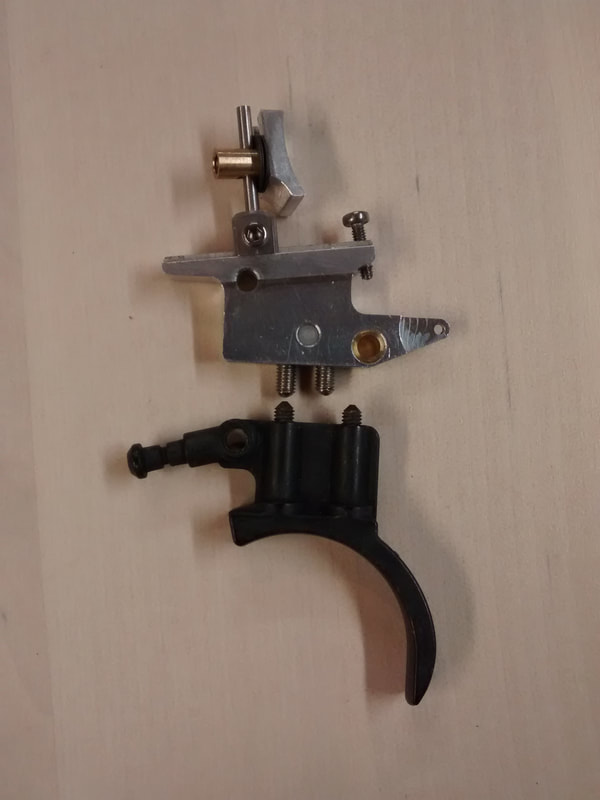
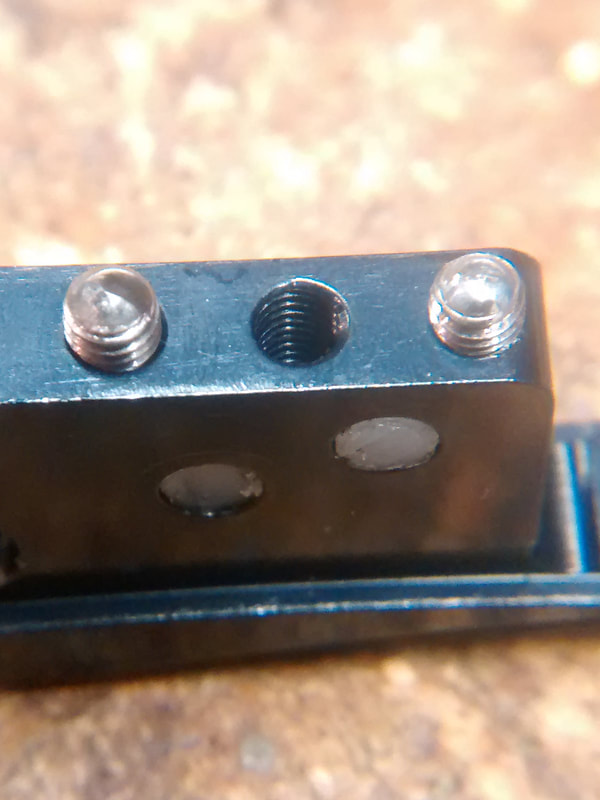
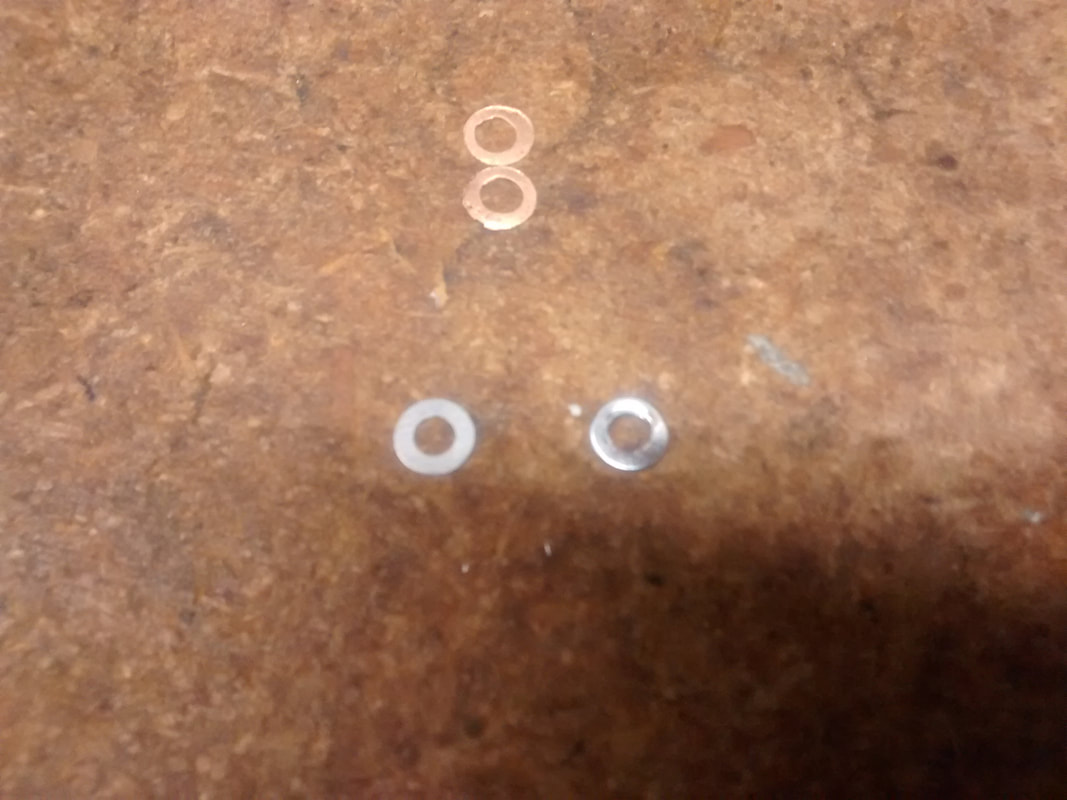
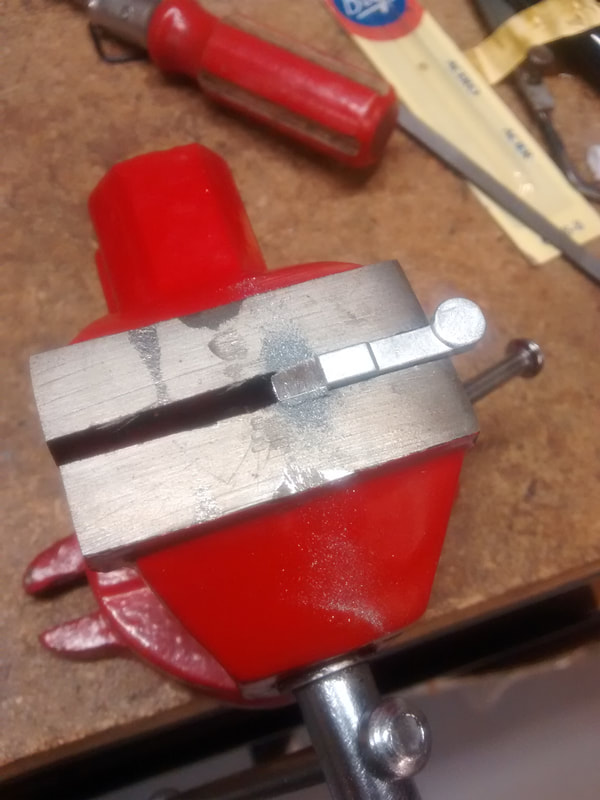
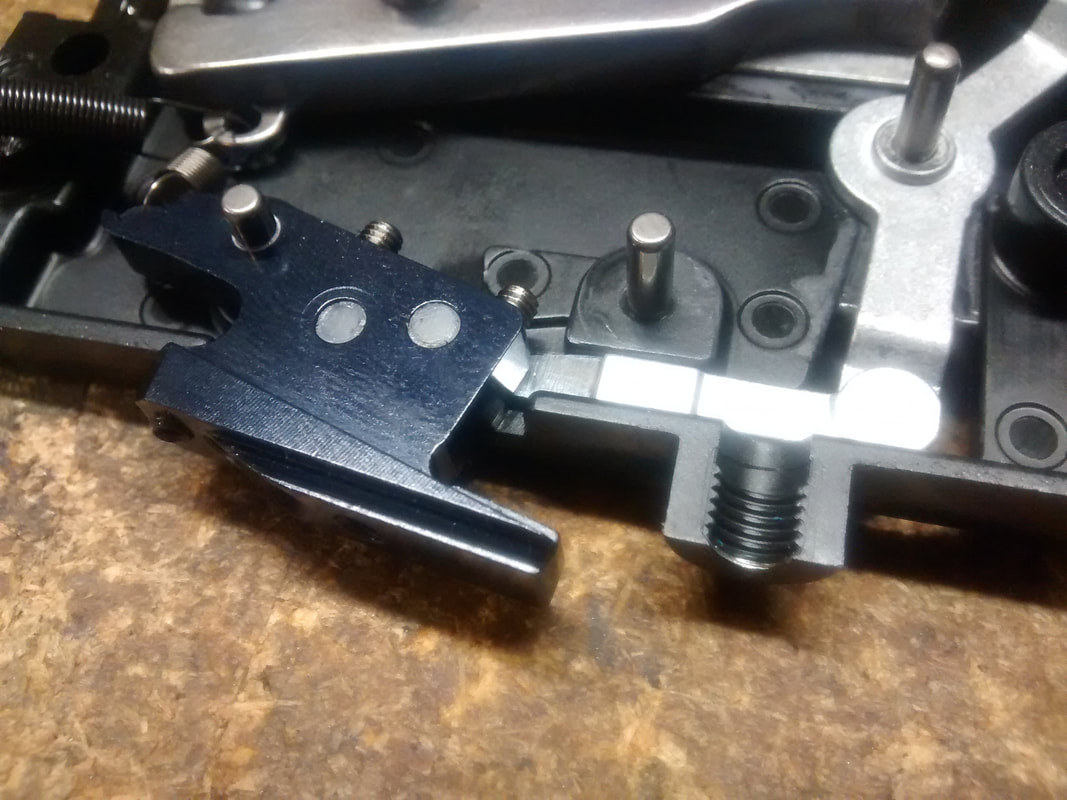
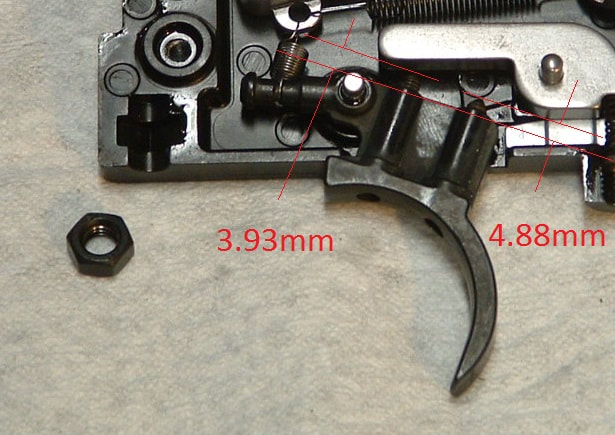
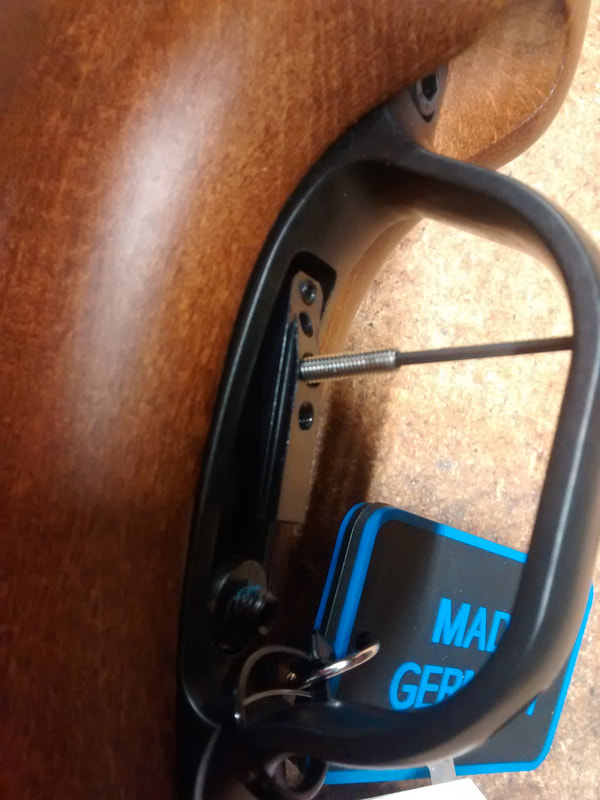
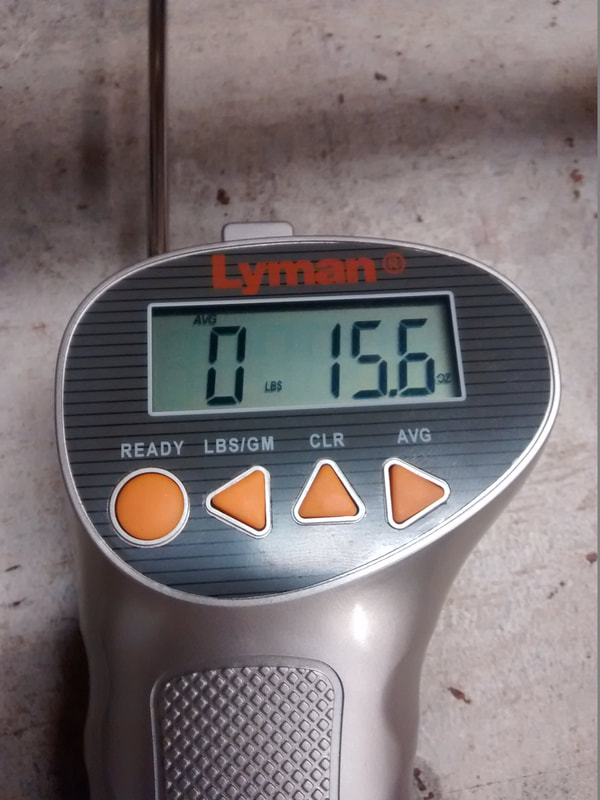
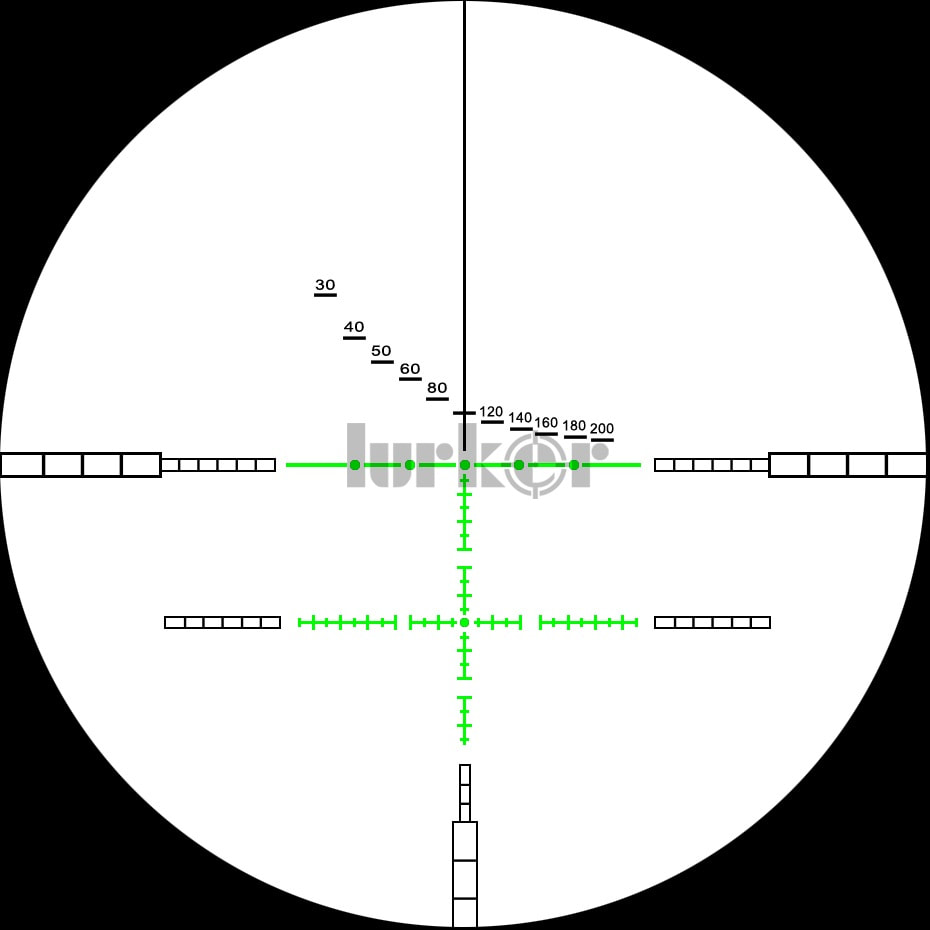
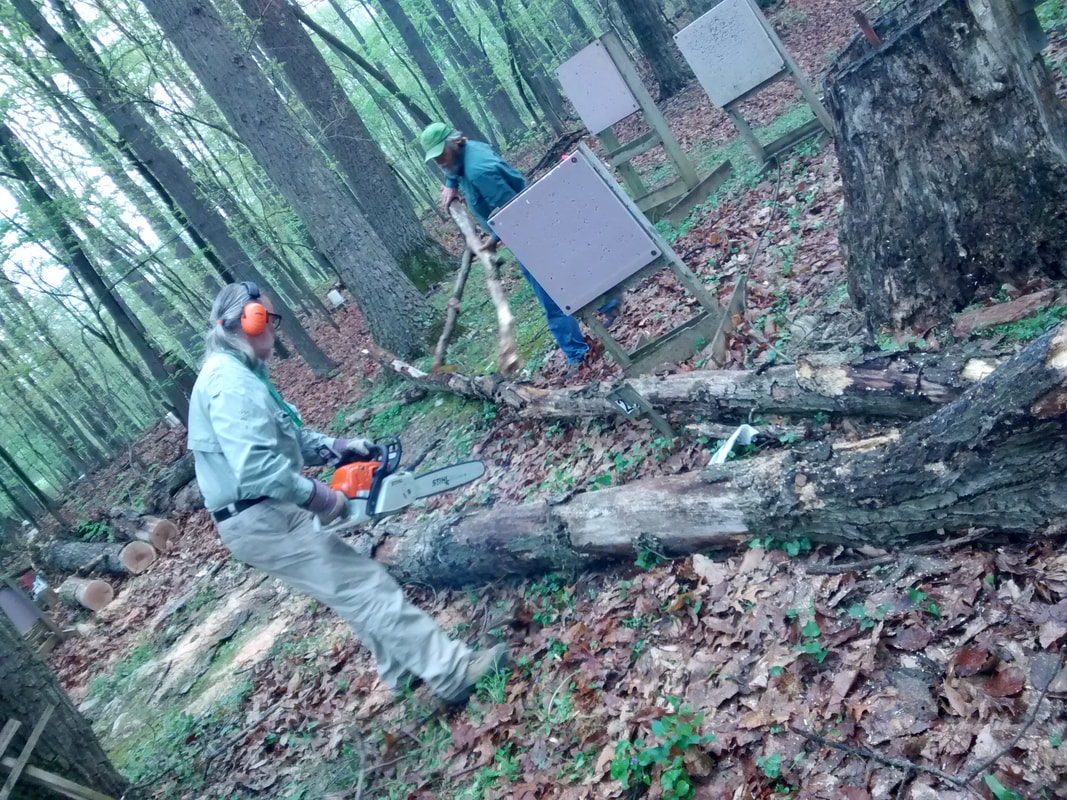
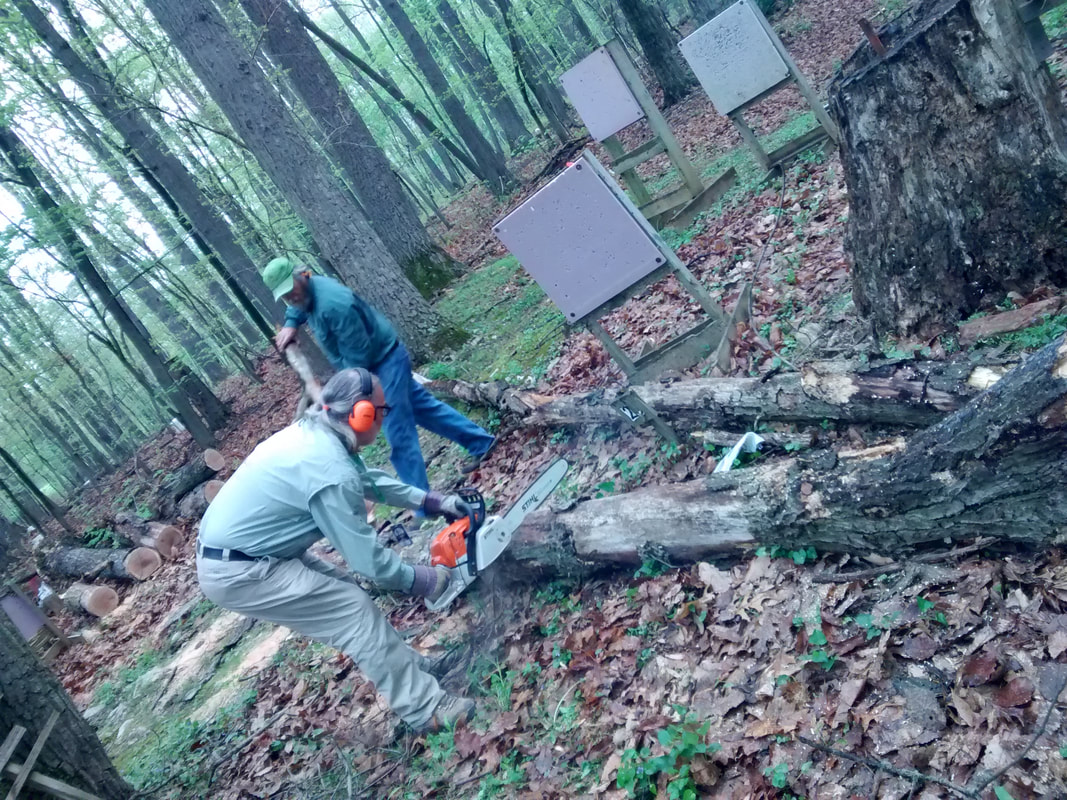
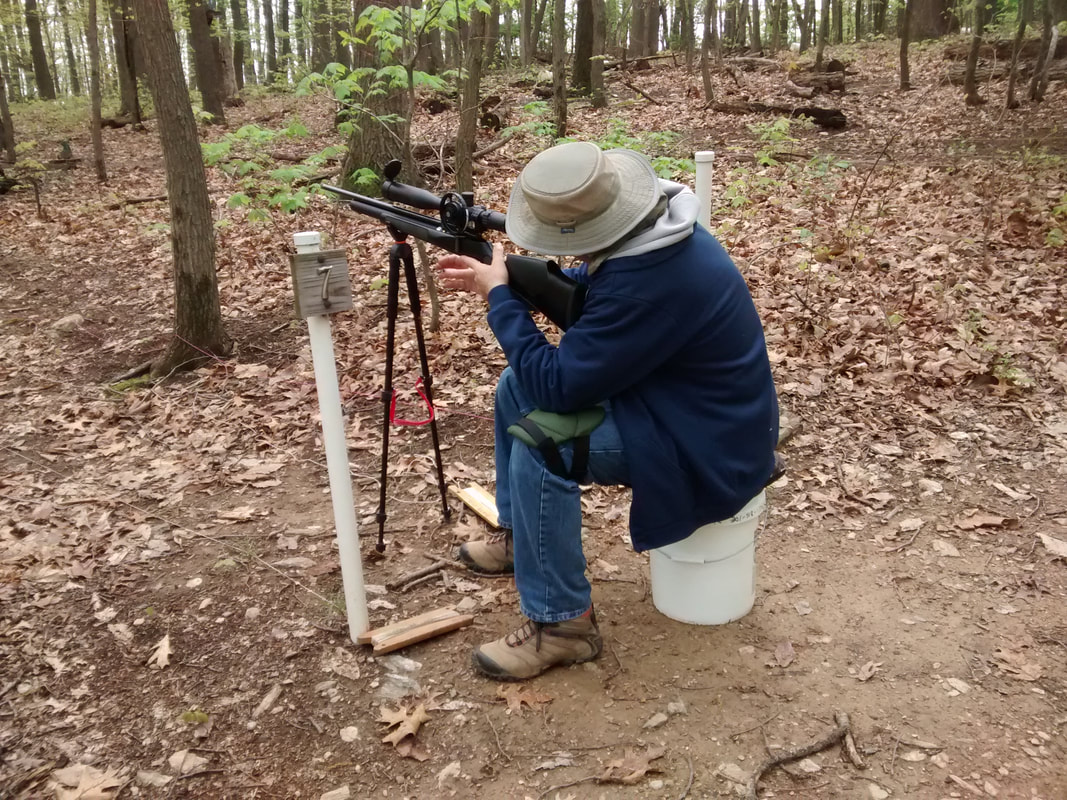
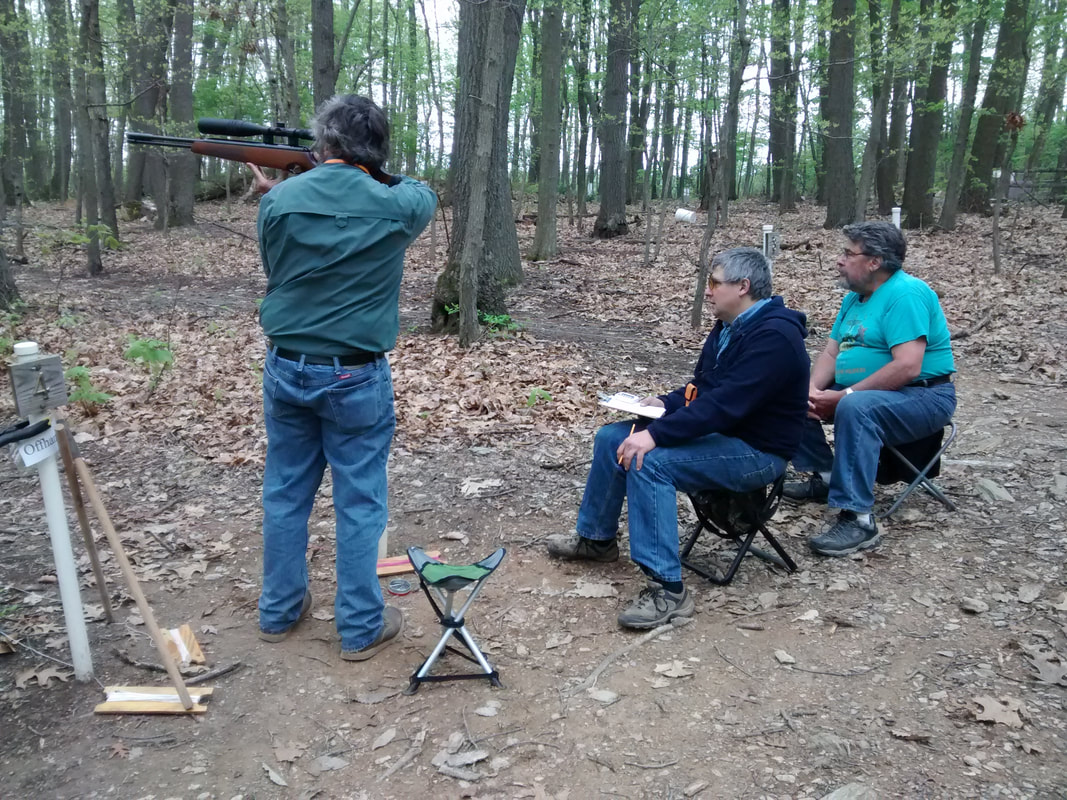
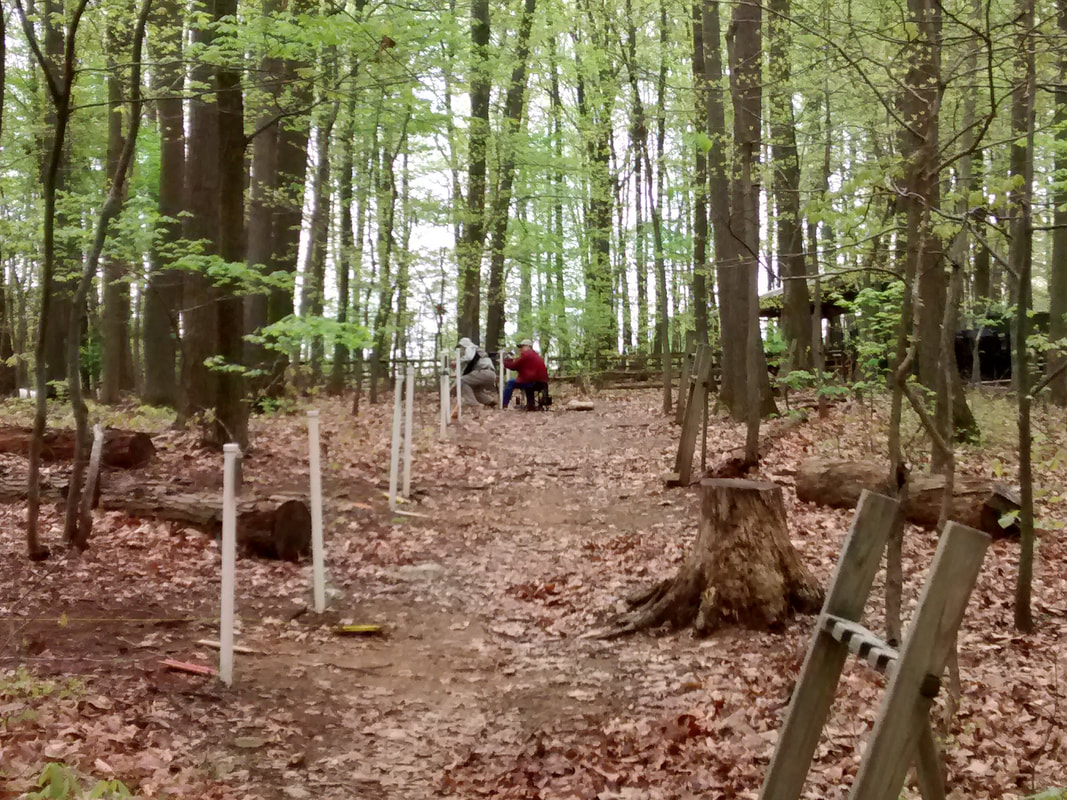
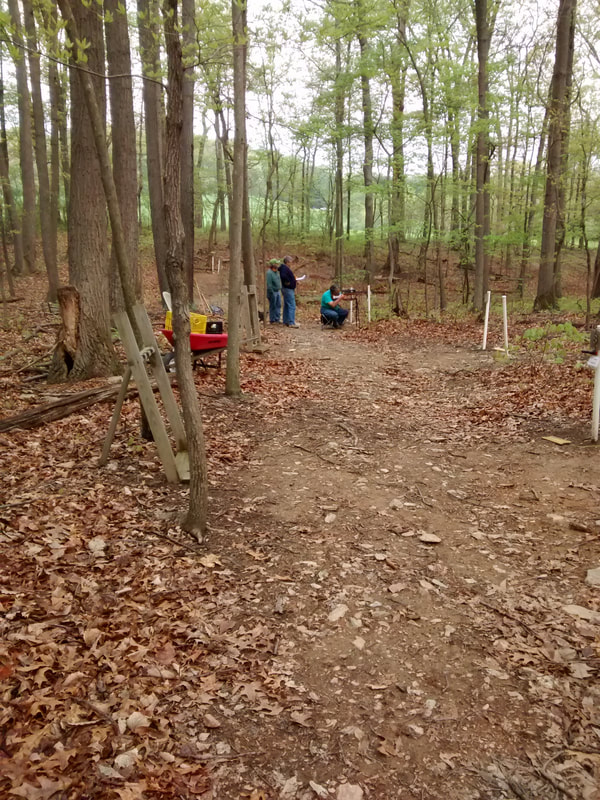
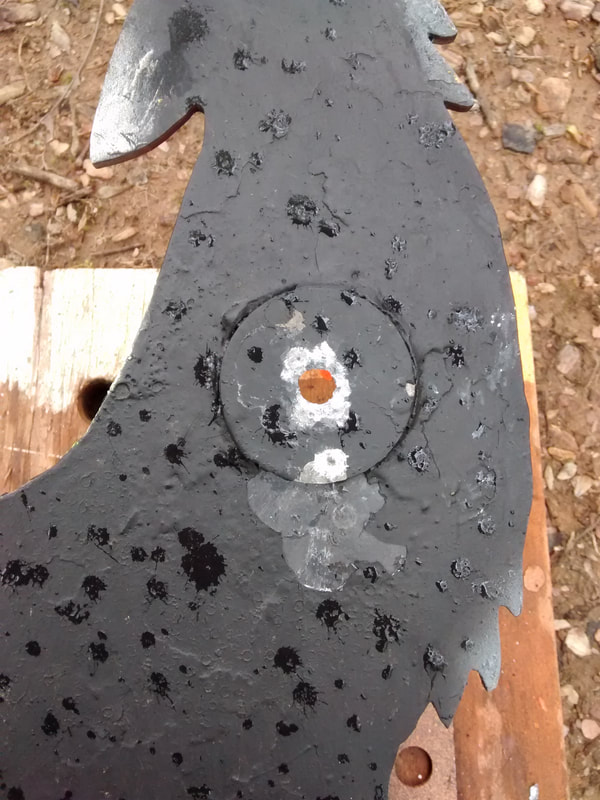
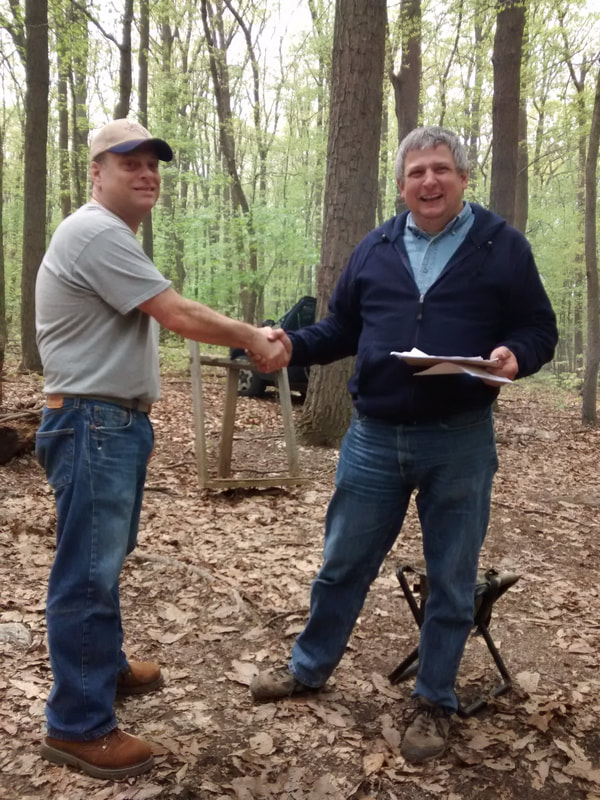
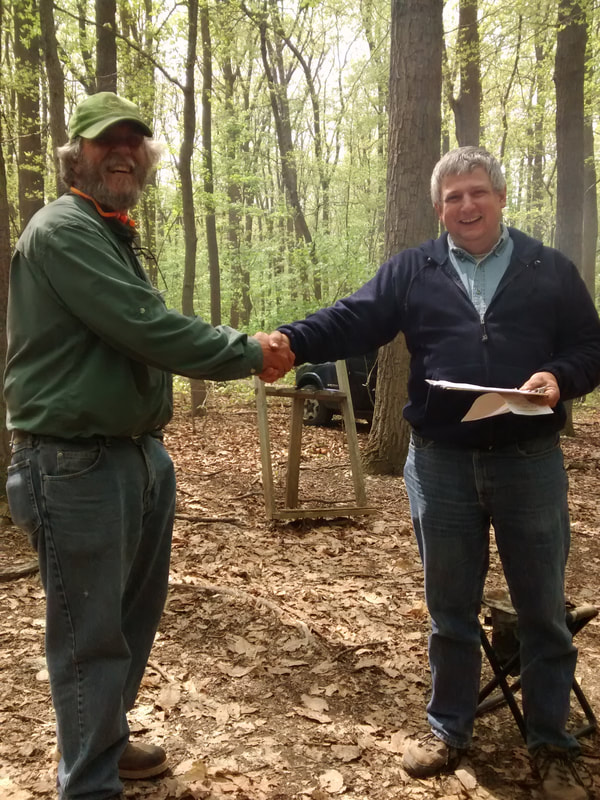
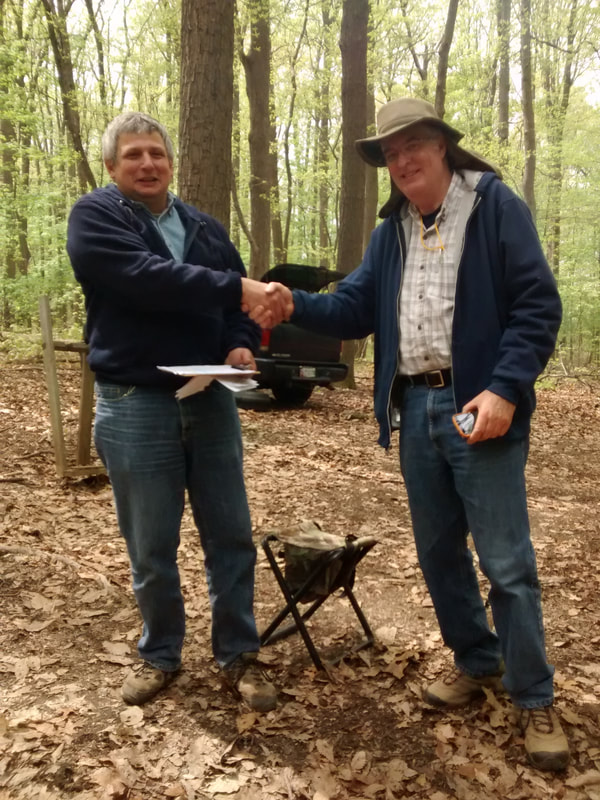
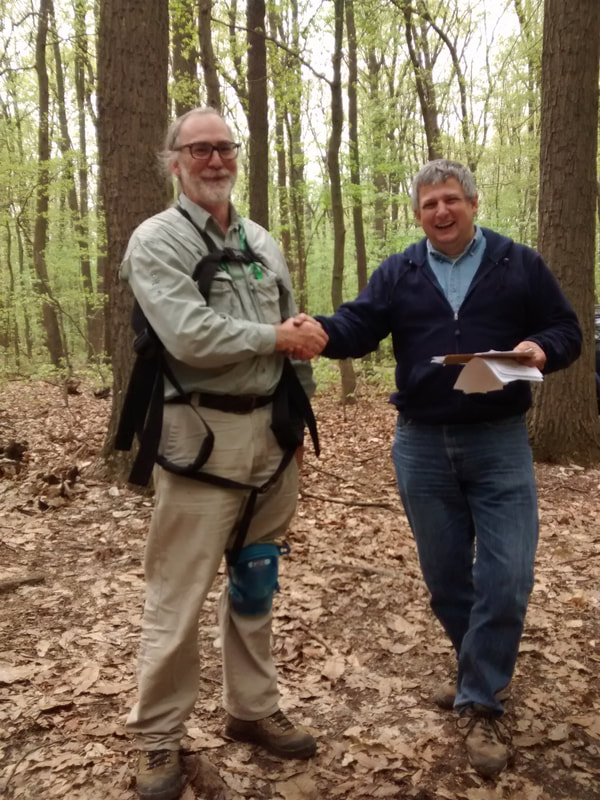
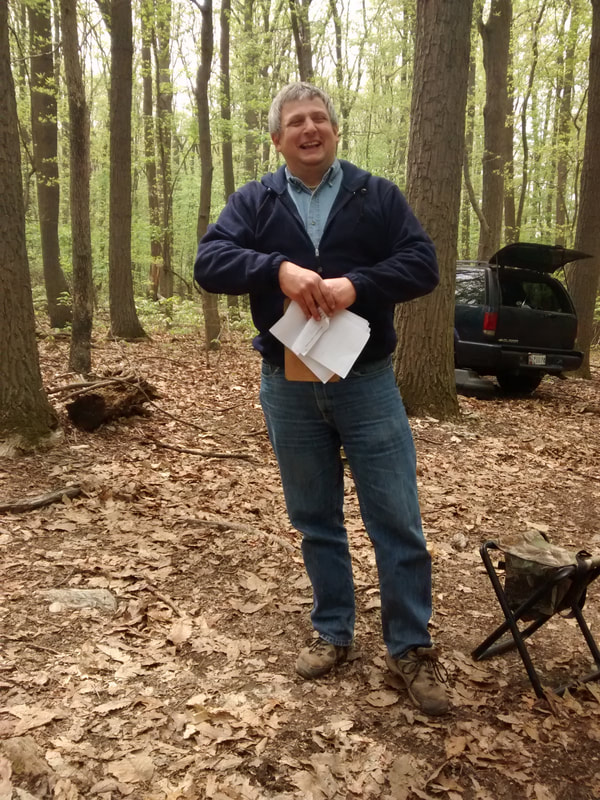
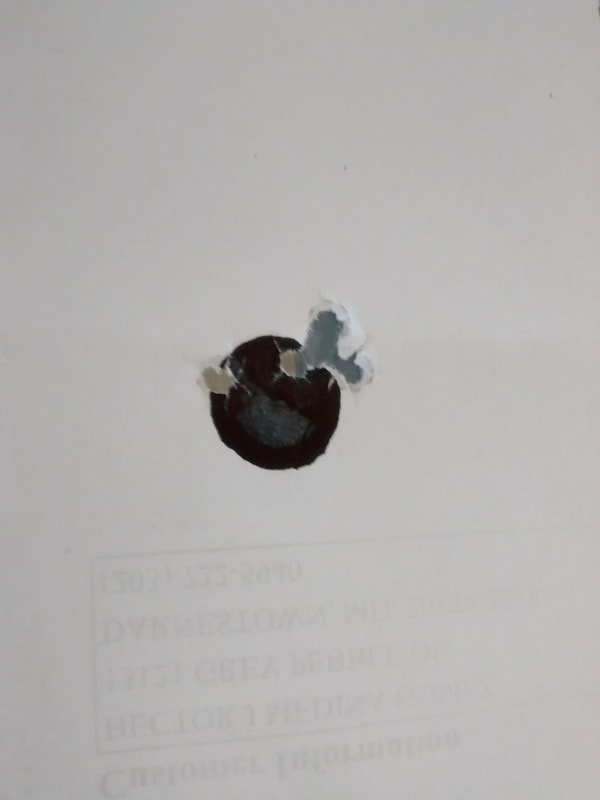
 RSS Feed
RSS Feed